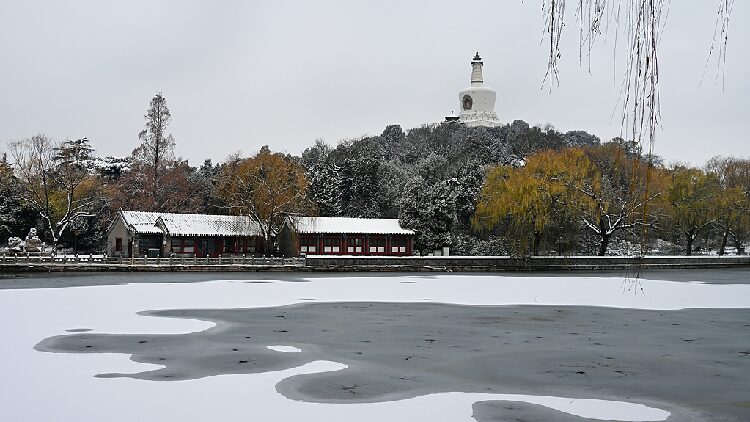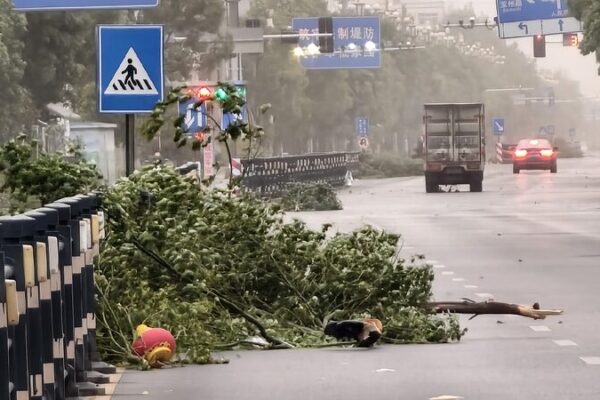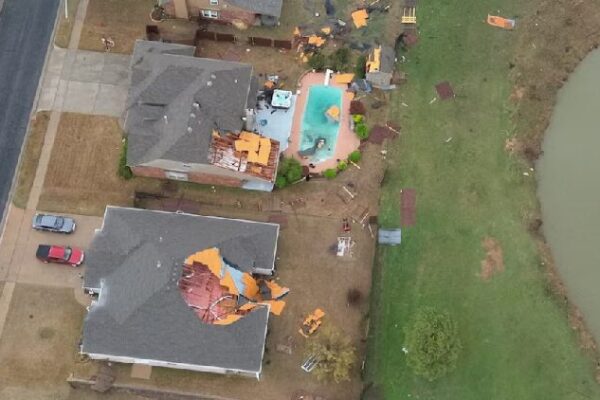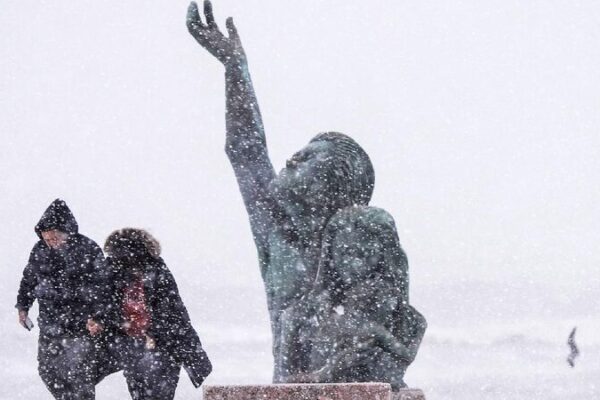New York City is gearing up for a blast of winter weather as a fast-moving cold front is expected to sweep through late Wednesday. Meteorologists are forecasting gusty winds and the possibility of snow showers that could create brief periods of reduced visibility due to snow squalls.
While significant snow accumulation isn’t anticipated for the city, travelers are advised to exercise caution as the combination of wind and snow could make conditions challenging. The National Weather Service (NWS) reports that a wintry mix will begin early Wednesday night, transitioning to rain by Thursday morning.
Great Lakes Braces for Heavier Snow
The storm system, known as a clipper, is set to deliver its heaviest snowfall to the Great Lakes region. Parts of northern Maine could receive between 15 to 30 centimeters of snow. Communities in upstate New York, still recovering from a recent lake-effect storm that dumped over 165 centimeters of snow in some areas, may see a few additional centimeters.
As of Tuesday, lake-effect snow continues to impact areas downwind of the Great Lakes, including portions of Ohio, Michigan, Pennsylvania, and New York. Since late last week, these regions have experienced snowfall totals exceeding 90 to 150 centimeters, according to the NWS. The lake-effect snow is expected to wind down Tuesday night.
Understanding Lake-Effect Snow
Lake-effect snow occurs when cold air masses, often originating from Canada, move over the relatively warmer and unfrozen waters of the Great Lakes. The temperature difference causes warmth and moisture to rise into the lower atmosphere, leading to cloud formation and precipitation in the form of snow.
With global temperatures on the rise, the Great Lakes are staying warmer for longer periods. A study by the University of Michigan suggests that as the atmosphere warms and retains more moisture, regions prone to lake-effect snow may experience increased snowfall events.
Climate Change and Future Implications
The interplay between warmer lake waters and cold air masses could mean more frequent and intense lake-effect snowstorms in the future. This has significant implications for communities in these zones, affecting everything from daily commutes to infrastructure planning.
As New York and the surrounding regions prepare for this imminent weather event, residents are encouraged to stay informed through official weather updates and to take necessary precautions to ensure safety.
Reference(s):
cgtn.com








